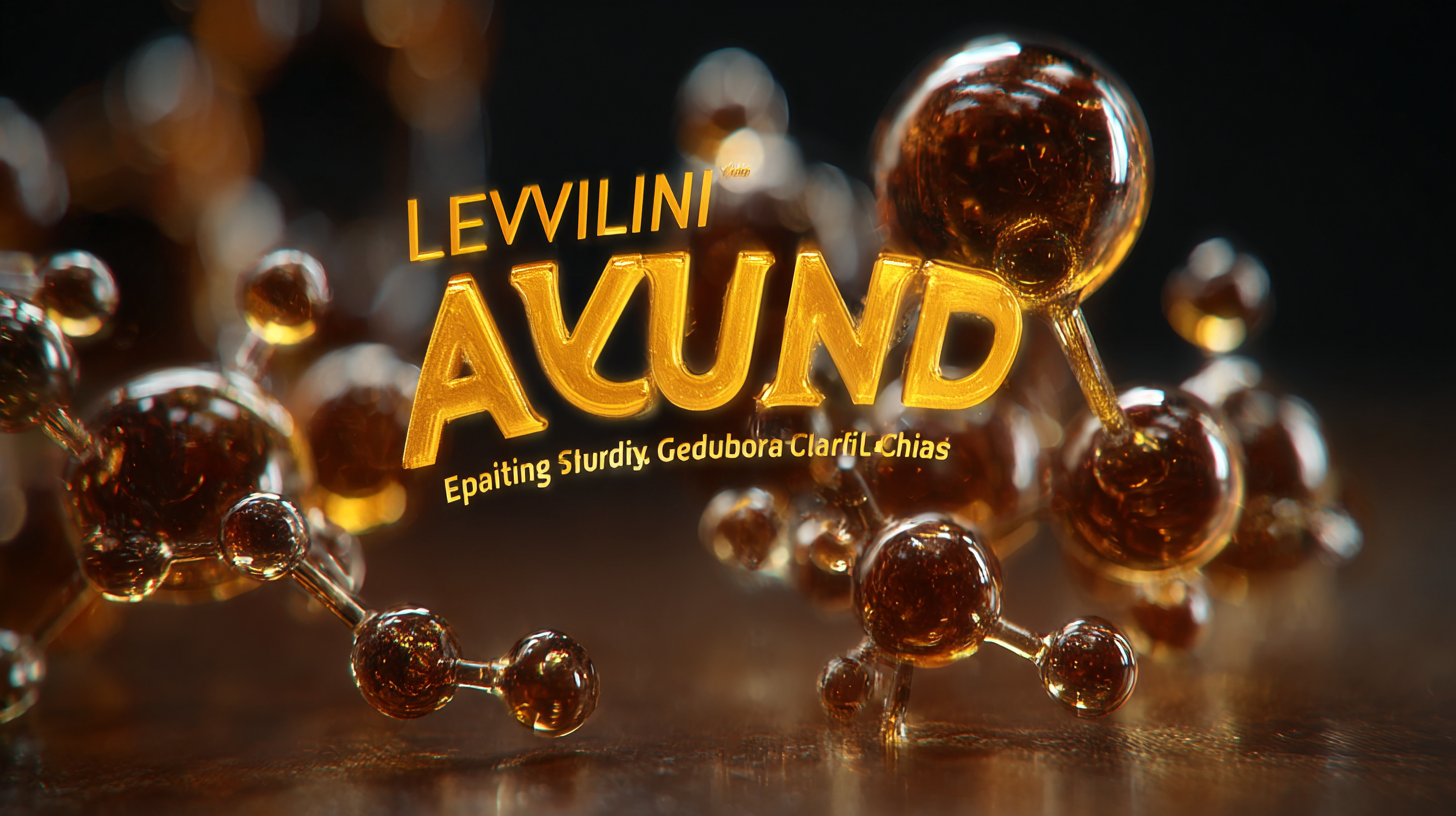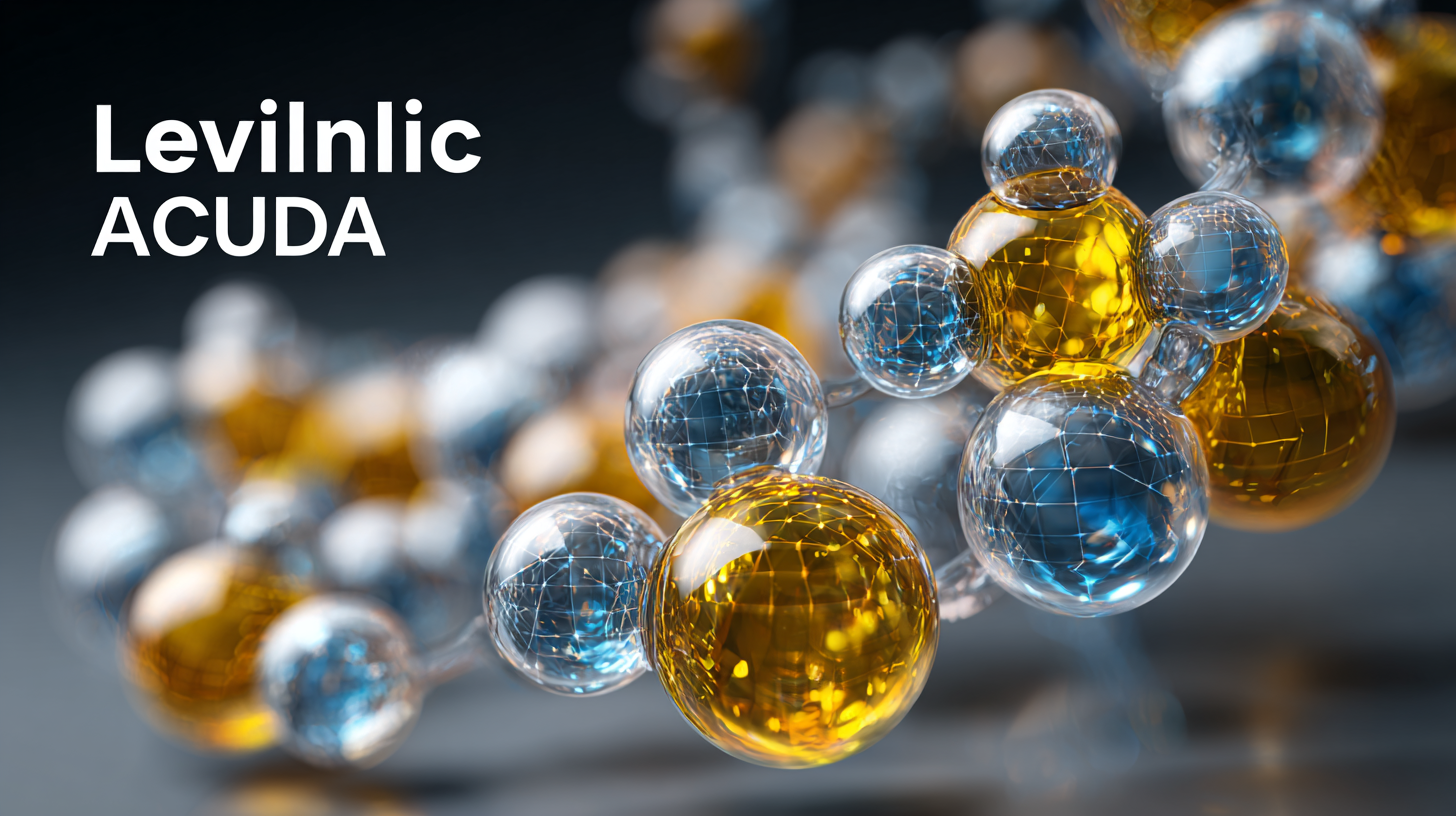Elevating Global Standards with Exceptional Quality Best Levulinic Acid from China
 Levulinic Acid, a versatile platform chemical derived from biomass, has been gaining significant attention in various industries, including pharmaceuticals, agrochemicals, and food additives. According to a report by MarketsandMarkets, the levulinic acid market is projected to reach USD 525 million by 2026, growing at a CAGR of 6.2% from 2021 to 2026. This growth is driven by the increasing demand for sustainable and eco-friendly chemical solutions.
Levulinic Acid, a versatile platform chemical derived from biomass, has been gaining significant attention in various industries, including pharmaceuticals, agrochemicals, and food additives. According to a report by MarketsandMarkets, the levulinic acid market is projected to reach USD 525 million by 2026, growing at a CAGR of 6.2% from 2021 to 2026. This growth is driven by the increasing demand for sustainable and eco-friendly chemical solutions.
As China emerges as a key player in the global levulinic acid supply chain, the focus on exceptional quality and adherence to international standards becomes paramount. However, problems with the consistency and regulatory compliance of levulinic acid production in different regions can pose challenges for manufacturers seeking to tap into this lucrative market. Addressing these issues is crucial for elevating the global standards of levulinic acid and ensuring its reliable application across diverse sectors.
Trends in Global Levulinic Acid Production: A 2025 Forecast
The global levulinic acid market is undergoing significant transformations as we move towards 2025, driven by a growing demand for bio-based products and sustainable alternatives. As industries look to reduce their carbon footprint, levulinic acid has emerged as a versatile building block for a range of applications, from bioplastics to food additives. Emerging trends indicate an increased focus on environmentally friendly production methods, which are essential for meeting consumer expectations and regulatory requirements.
In this evolving landscape, China has positioned itself as a key player in the production of high-quality levulinic acid. With advancements in manufacturing processes and technologies, Chinese suppliers are not only elevating global standards but also by providing competitive pricing and accessibility for international markets. As companies globally look to source levulinic acid, China's exceptional quality output becomes a critical factor in shaping the future of this market, making it an essential component of sustainable industrial practices. As we look ahead, the forecasts suggest that innovation and collaboration will continue to drive the progress in levulinic acid production, paving the way for a greener future.
Elevating Global Standards with Exceptional Quality Best Levulinic Acid from China - Trends in Global Levulinic Acid Production: A 2025 Forecast
| Region | 2022 Production (Metric Tons) | 2025 Forecast Production (Metric Tons) | Growth Rate (2022-2025) |
|---|---|---|---|
| Asia-Pacific | 30,000 | 45,000 | 50% |
| North America | 15,000 | 20,000 | 33.3% |
| Europe | 25,000 | 30,000 | 20% |
| Latin America | 10,000 | 15,000 | 50% |
| Middle East & Africa | 5,000 | 8,000 | 60% |
Quality Standards and Regulatory Compliance in Levulinic Acid Manufacturing
In the competitive landscape of chemical manufacturing, particularly in the production of levulinic acid, adhering to stringent quality standards and regulatory compliance is paramount. Levulinic acid, with its diverse applications in pharmaceuticals, agriculture, and food industries, demands exceptional quality control measures throughout the manufacturing process.
Chinese manufacturers are increasingly adopting internationally recognized standards to ensure their products meet the expectations of global markets. This commitment to quality not only enhances the credibility of manufacturers but also fosters consumer trust and satisfaction.
Regulatory compliance plays a crucial role in levulinic acid manufacturing, where adherence to local and international regulations is essential.
Manufacturers in China are navigating complex regulatory environments, focusing on environmental sustainability and safety protocols. By aligning their processes with the regulations set forth by organizations such as REACH and the EPA, these manufacturers are proving their dedication to not just producing high-quality levulinic acid, but also operating responsibly. Such initiatives are reflective of a broader trend towards sustainability and accountability in the chemical industry, making Chinese levulinic acid a reliable choice for businesses worldwide.
Innovative Technologies Elevating Levulinic Acid Synthesis in China
In recent years, China has emerged as a powerhouse in the synthesis of levulinic acid, leveraging innovative technologies to enhance production efficiency and quality. One significant advancement includes the development of optimized enzymatic processes, which not only streamline the synthesis of levulinic acid but also align with sustainable practices. This shift reflects a broader trend within the chemicals industry in China, which is increasingly focusing on integrating cutting-edge technologies to meet global standards.
### Tips:
1. **Invest in Research**: Engaging with local universities and research institutions can foster collaboration that accelerates innovation in chemical synthesis methods.
2. **Embrace Sustainability**: Incorporating green chemistry principles into production processes can enhance reputation and meet regulatory requirements more effectively.
3. **Stay Informed**: Keeping track of global industry trends and technological advancements allows companies to remain competitive in the fast-evolving chemicals market.
As a result, the synthesis of levulinic acid in China not only offers exceptional quality but also showcases the nation’s commitment to pioneering innovative solutions in chemical production. This dedication positions China favorably on the global stage, promising continued growth and progression in the field.
Market Opportunities and Challenges for Levulinic Acid Exporters
The global market for levulinic acid has been experiencing significant growth, driven by its versatile applications in the production of biofuels, pharmaceuticals, and agrochemicals. However, exporters from China face a dual-edged sword of opportunities and challenges. While the demand for sustainable and eco-friendly alternatives is on the rise, competition from other countries producing levulinic acid at lower costs poses a significant challenge.

Tip: To navigate these market dynamics effectively, exporters should focus on establishing strong relationships with international buyers. Networking at industry events and trade shows can provide valuable insights into market trends and customer preferences.
Moreover, regulatory hurdles and quality assurance are critical aspects that Chinese levulinic acid exporters need to address. Compliance with international standards is paramount to gain consumer trust and ensure product acceptance in foreign markets. This necessitates a robust quality management system that aligns with global regulations.
Tip: Investment in research and development can be a game changer. By improving production processes and enhancing product quality, exporters can differentiate themselves from competitors and tap into niche markets that require high-purity levulinic acid.
How to Ensure High-Quality Levulinic Acid: Best Practices for Producers
 The demand for high-quality levulinic acid is rising globally, driven by its versatile applications in pharmaceuticals, agrochemicals, and biofuels. To ensure that producers can meet these standards, several best practices should be adopted throughout the production process. According to a recent market analysis report by Grand View Research, the global levulinic acid market is projected to reach USD 174 million by 2025, highlighting the growing potential for quality-conscious manufacturers.
The demand for high-quality levulinic acid is rising globally, driven by its versatile applications in pharmaceuticals, agrochemicals, and biofuels. To ensure that producers can meet these standards, several best practices should be adopted throughout the production process. According to a recent market analysis report by Grand View Research, the global levulinic acid market is projected to reach USD 174 million by 2025, highlighting the growing potential for quality-conscious manufacturers.
One of the key factors in ensuring high-quality levulinic acid is the selection of raw materials. Producers should focus on sourcing quality biomass as feedstock, as the purity of the starting material directly impacts the final product. Implementing stringent quality control measures throughout the production stages is crucial. Regular testing for impurities and adherence to industry standards not only enhances product reliability but also builds consumer trust.
Tips for Producers:
- Invest in advanced analytics to monitor the production process and identify areas for improvement.
- Engage in continuous training programs for staff to keep them informed about the latest production technologies and quality standards.
- Collaborate with research institutions to innovate and optimize production methods, ensuring efficient and sustainable practices that meet international benchmarks.





